Why Austria doesn’t deserve its title of Europe’s most ‘unfriendly’ country
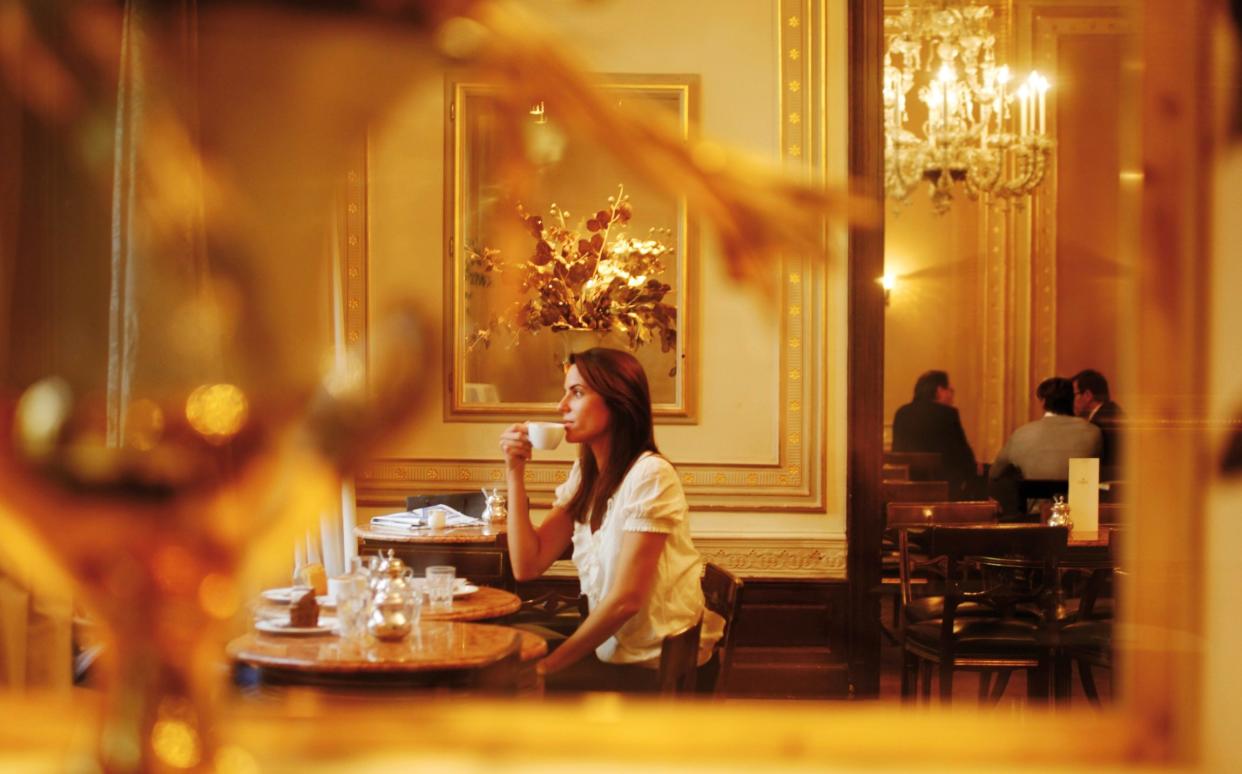
At this time of year, thousands of Brits are heading to the Austrian ski slopes, enchanted not just by the pistes but also by the absurdly pretty villages, great food and drink (who doesn’t love a gluhwein?), and, that Austrian lifesaver for parents, the kinderhotel. Puzzling, then, that a recent survey by InterNations on Expat-Friendly Places has put Austria well and truly on the naughty step. It is ranked the worst country in the world (well, out of 53 countries) for “local friendliness”.
As a frequent visitor to Austria, I must confess to being baffled. I have had many a bizarre experience there, certainly, but none that I would call the least bit unfriendly.
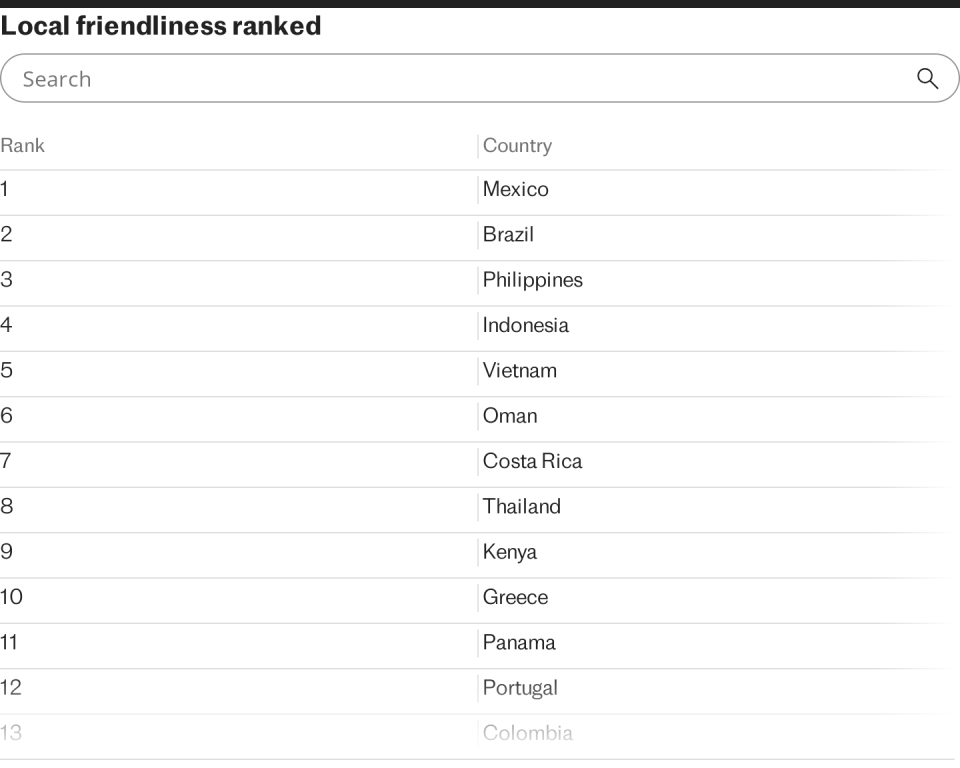
Take my most recent trip there, last weekend. Vienna in winter is beautiful and, if you’re lucky, you may have some snow — in spite of which, the transport systems of trams, buses and metro all continue to work like clockwork. Food markets here open early and I began at the most famous, the Naschmarkt, with its two main alleys, one for restaurants, the other for food stalls. But instead of the expected surly traders, I was pressed (with encouraging smiles!) to try produce I couldn’t possibly take home. No matter: slivers of farm-produced wurst and cheese, and nuts and berries, were offered, alongside more exotic offerings, such as imported fruits and mountains of baklava. And if you want to know more about their produce, you’ll make a stallholder’s day (“So, the grains in my Ur-bread are…”). So far, so friendly.
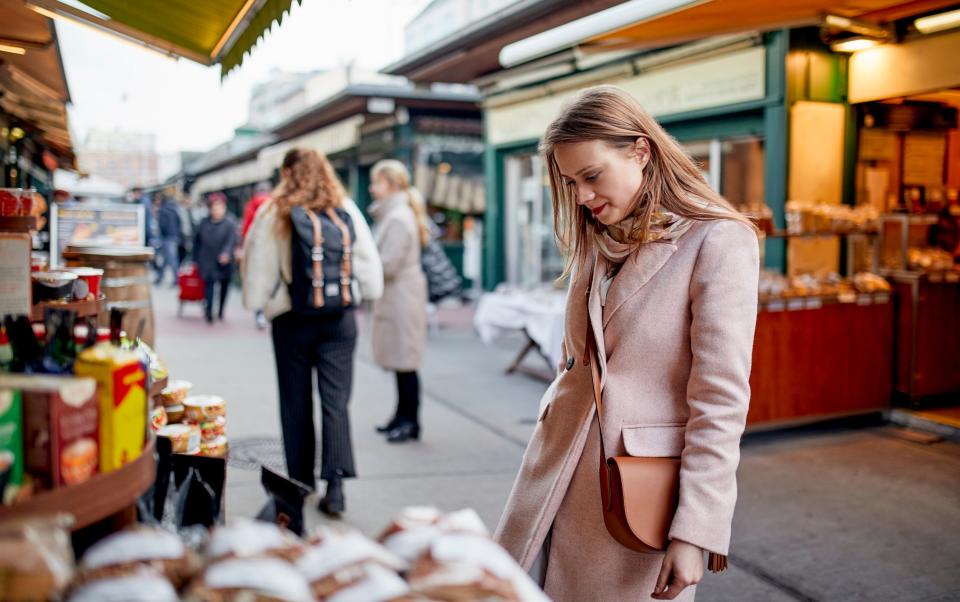
After shopping, coffee. Long, long before Starbucks, Vienna was famous for its coffee houses (they’re on Unesco’s intangible cultural-heritage list) and they look pretty much today as they did when they were frequented by Sigmund Freud, Arthur Schnitzler and Gustav Klimt. There are the same tiny marble tables, newspapers are freely available and no one will disturb you, even if you linger all day long over a single cup. While I dithered over the absurdly rich cakes and pastries (sachertorte, apfelstrudel, punschkrapfen), I was given an unfalteringly deadpan assurance that there were no calories in Viennese desserts: “Sachertorte is purely soul food.”
So, if Austrians are funny, how can they also be unfriendly? This is the place, after all, where they invented a best-selling chocolate known as Mozart balls (after their most illustrious composer), ballet for horses (at Vienna’s Spanish Riding School), the favourite night-time snack of sausages and sekt (Austrian champagne), not to mention lederhosen-style baby-grows.
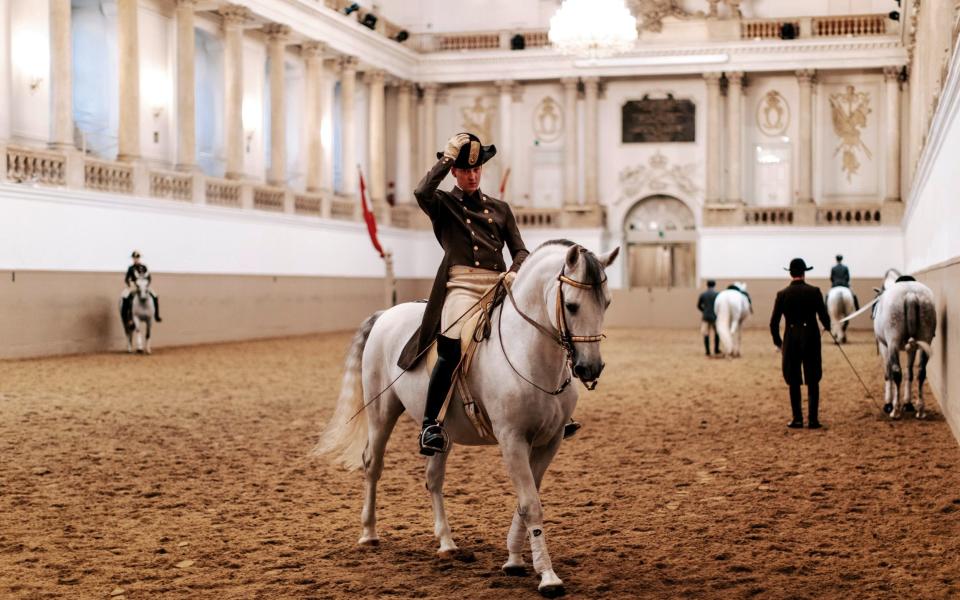
I decided to see if this held true with regard to Vienna’s other famous intangible heritage: music. It’s everywhere. There are three opera houses and countless concert halls. The Viennese love music, and while they take it seriously, they can also approach it with a certain playfulness. The Haus der Musik looks, at first sight, like a conventional Viennese museum — albeit on the small side compared with the endless parade of palaces and churches of the imperial Ringstrasse. Here, having found my way through a twilit maze in the Sonosphere, where you create music with your own movements, I took turns, as you do, with an Austrian family to conduct the Vienna Philharmonic.
Let me explain. The orchestra is on screen, tuning up, as you arrive and you pick from some famous pieces (mine was Eine kleine Nachtmusik) and, standing on a podium, conduct them with a virtual baton. If you get to the end, the entire orchestra will stand up and applaud. If not, a furious trombonist, oboist or violinist will tell you to get off the podium and hand the baton to a professional. At least, I think that’s what he said…
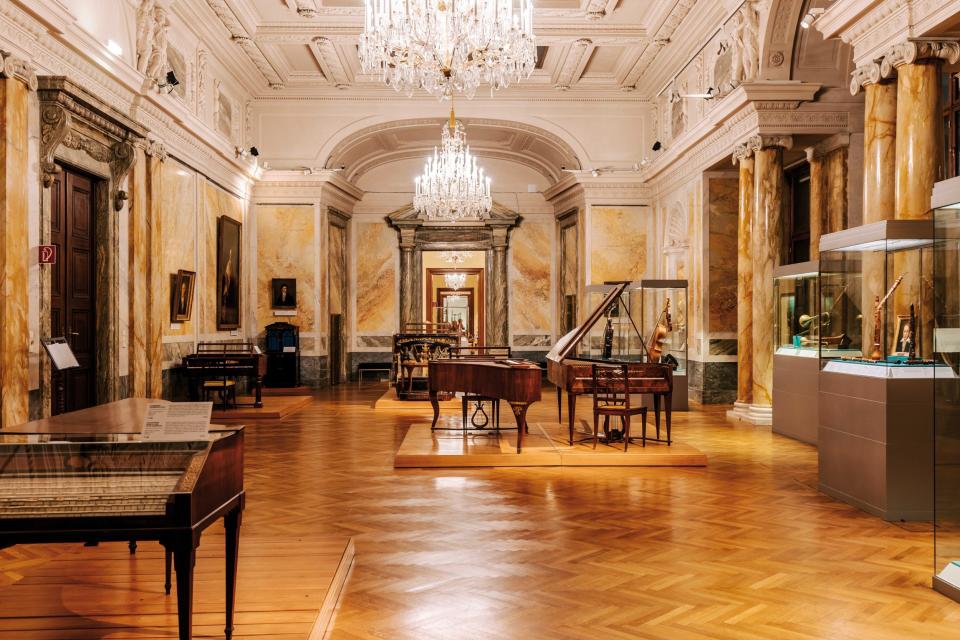
All that music was leading up to Vienna’s big night out. There are about 450 balls every year in Vienna, mostly throughout the winter. One of the most traditional, the Coffee House Owners’ Ball, sees 5,000 people go to the Hofburg imperial palace. Spread over 18 rooms, all with different music — from opera to jazz and disco — the place is so vast and the layout so complex, they actually give you a map. There’s an opening ceremony, where girls in white are presented to the VIPs on stage (it used to be the imperial family) and dance the first waltz, then the sekt corks start popping, everyone takes to the floor and the generally rather formal Austrians let their hair down, with frenzied polkas and human car crashes in the madcap race known as the galopp.
Did I say formal? That is, perhaps, at the root of the misunderstanding. Austrians like going to balls and wearing dirndls and lederhosen and generally just being Austrian. They are super-courteous and unfailingly helpful to lost tourists. That’s not to say you can’t irritate an Austrian. Being late is not to be tolerated — but the worst affront is to accuse them of being German. Vienna was a capital 700 years before Germany was even a country, and woe betide you if you forget it.
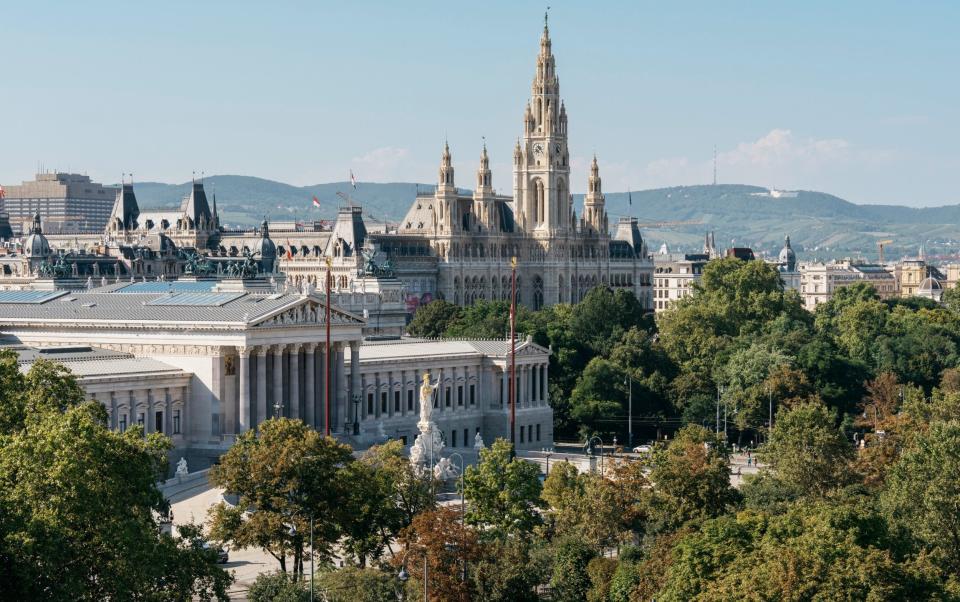
My theory is that you get the best of the two countries closest to them: everything works (as in Germany) and they like to have fun (as in Italy). And I’m not alone in my assessment. According to the Global Liveability Index, Vienna is the best city to live in on the planet and it has worn that particular crown for the past 10 years. Perhaps, on this occasion, the statistics have rather missed the point.

